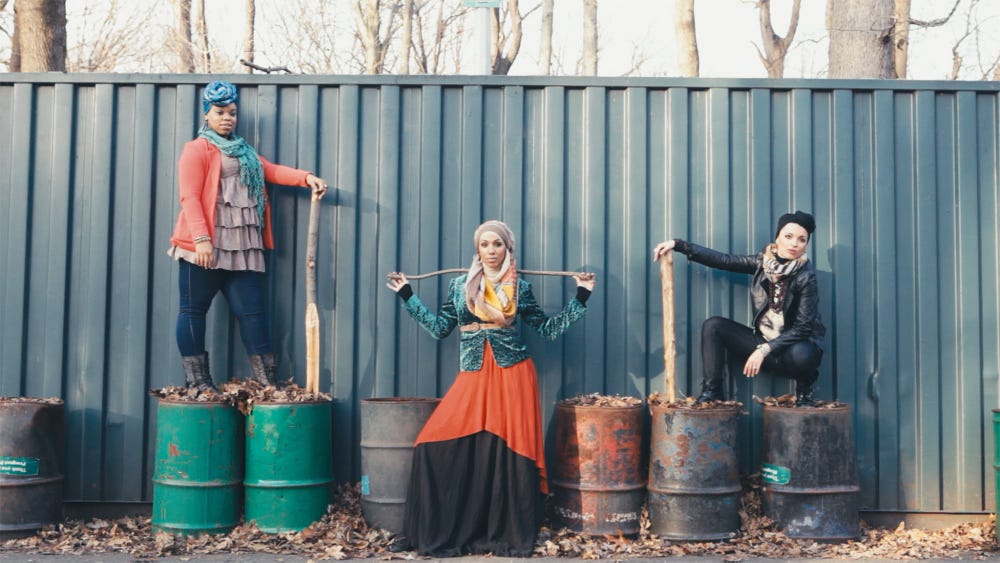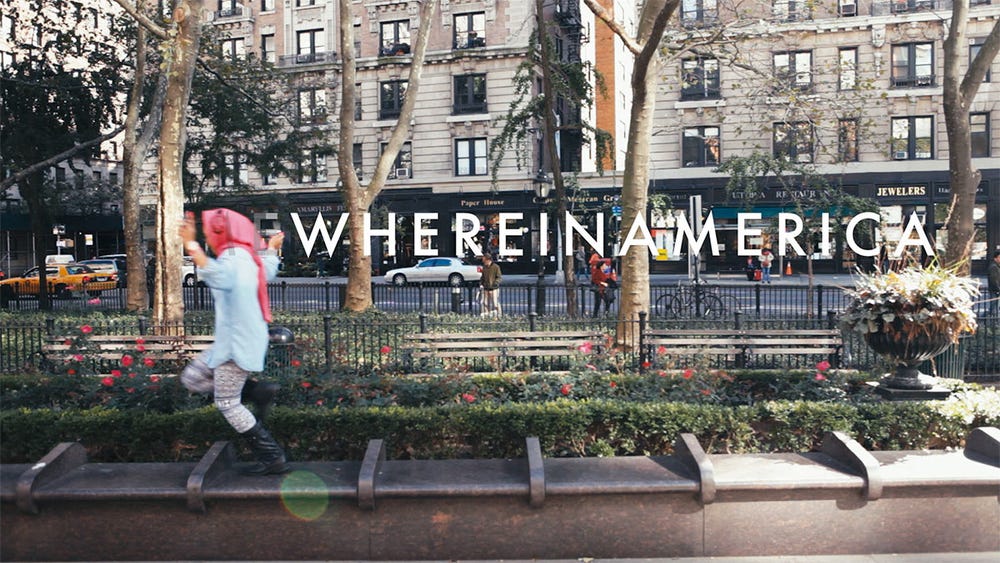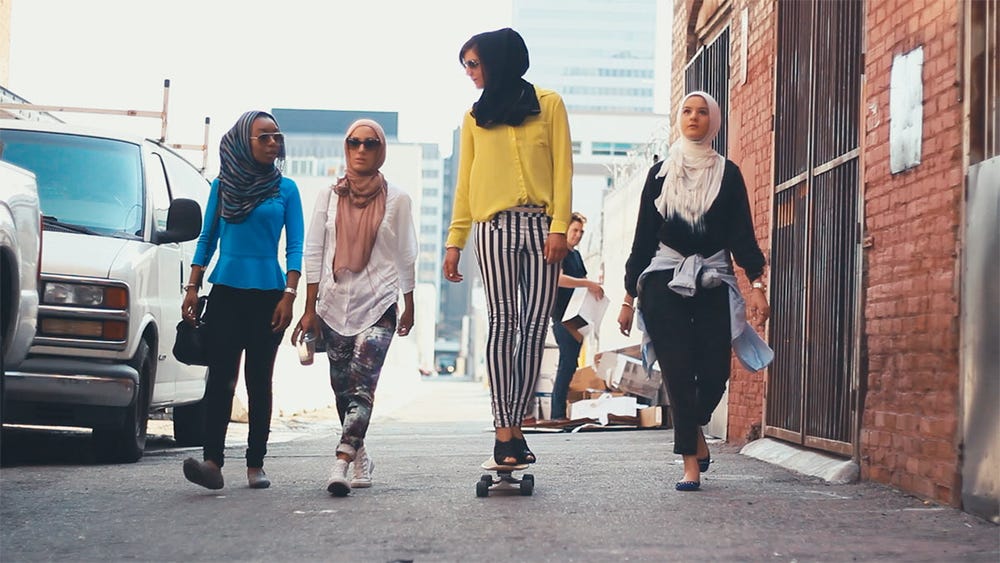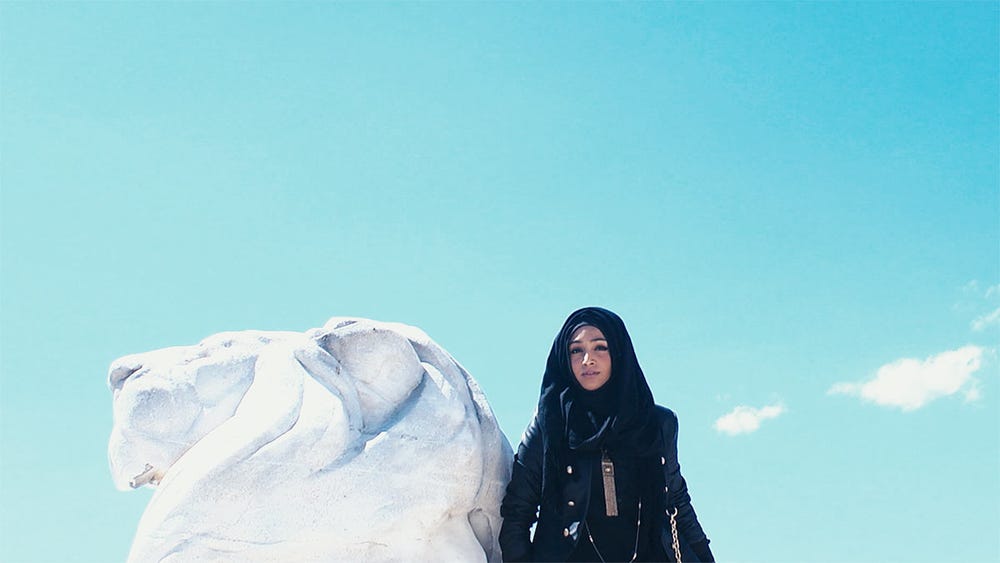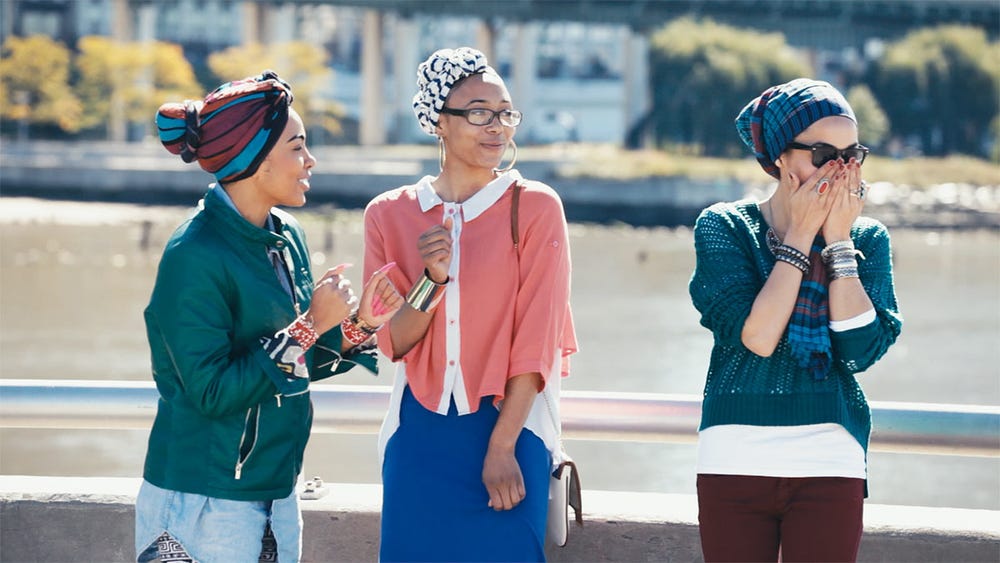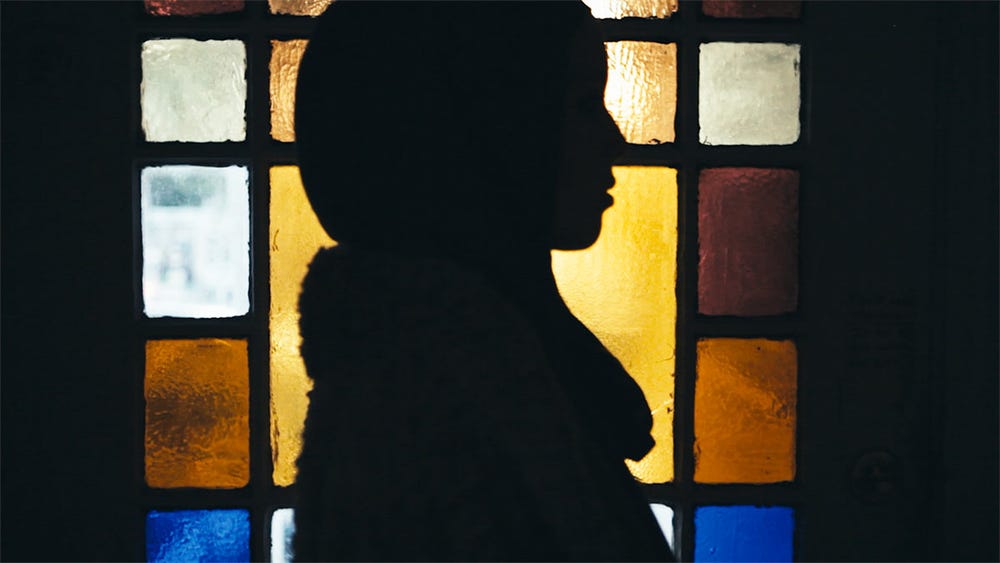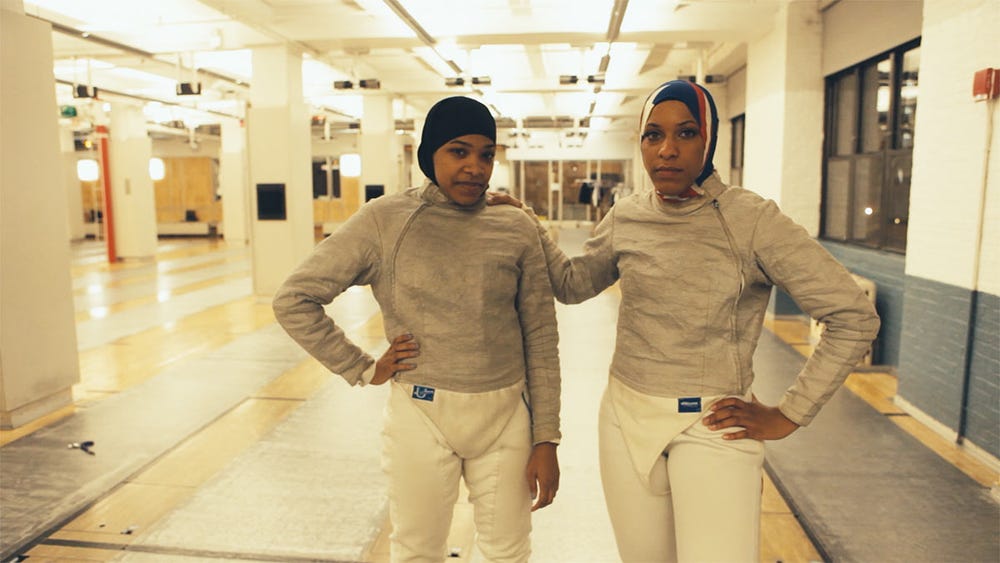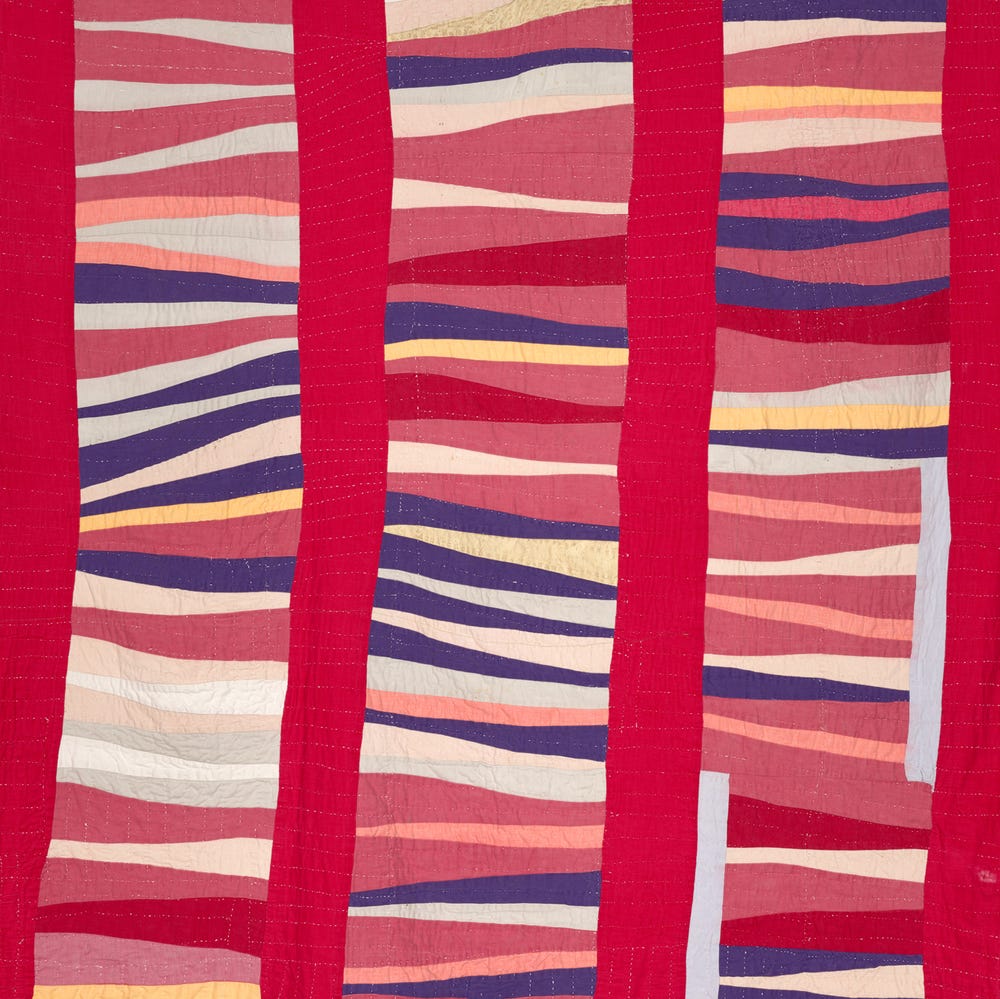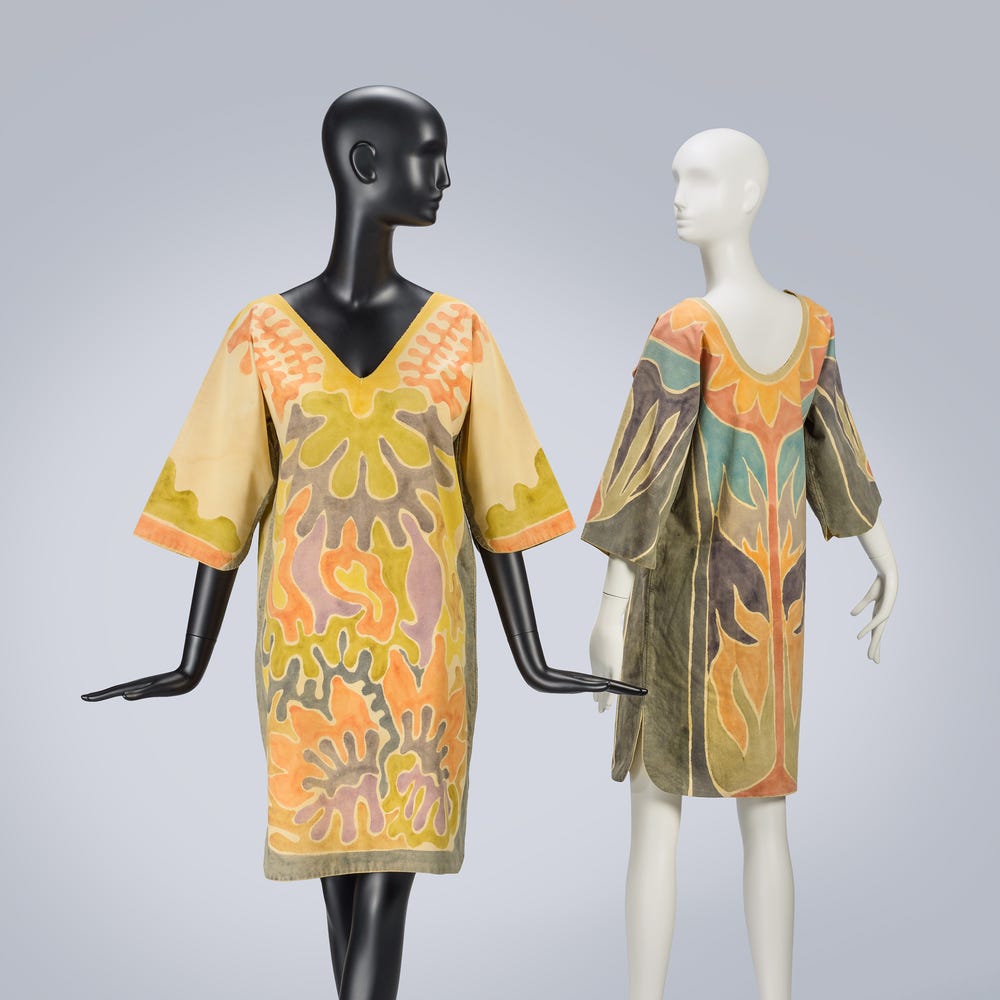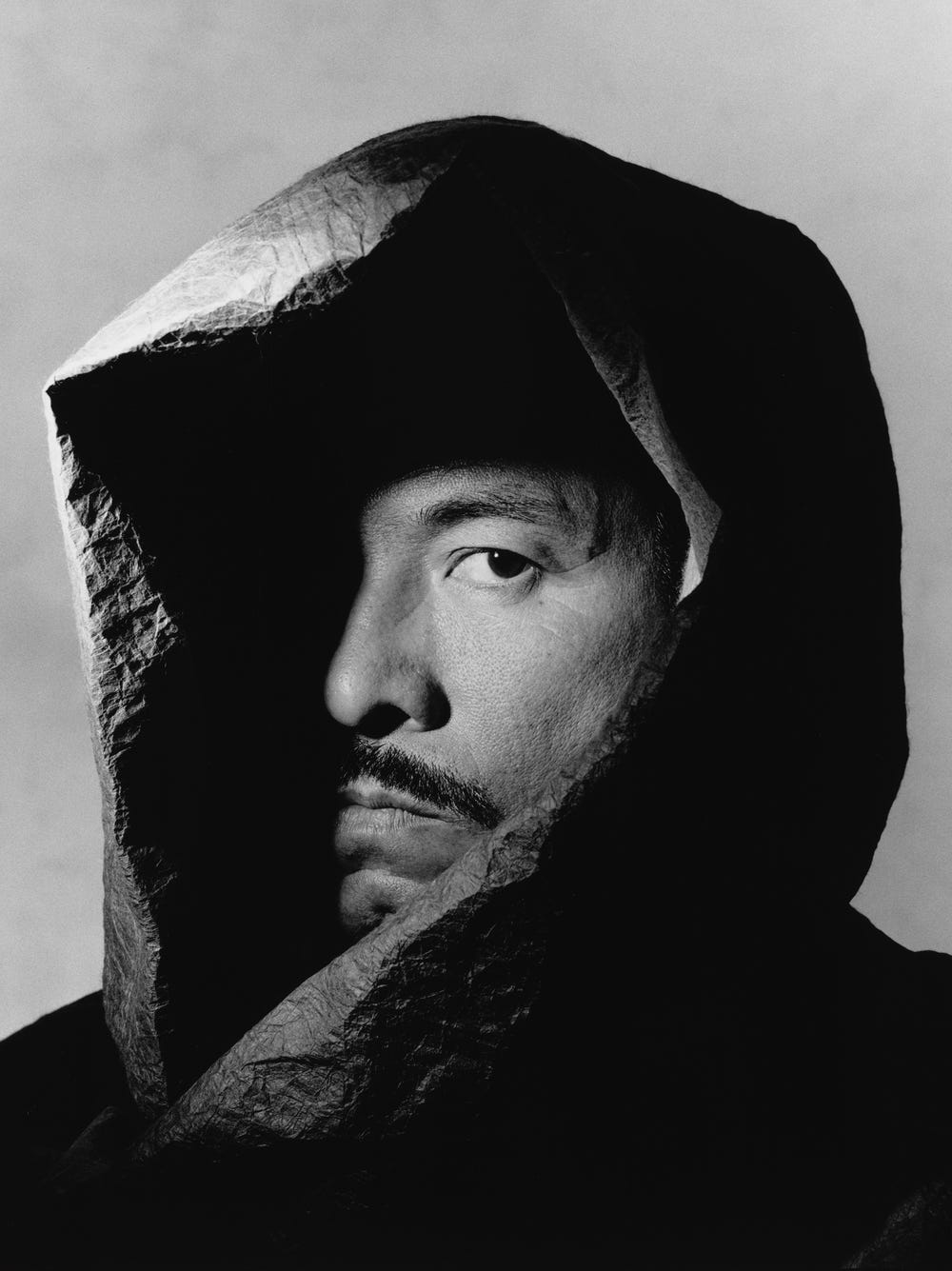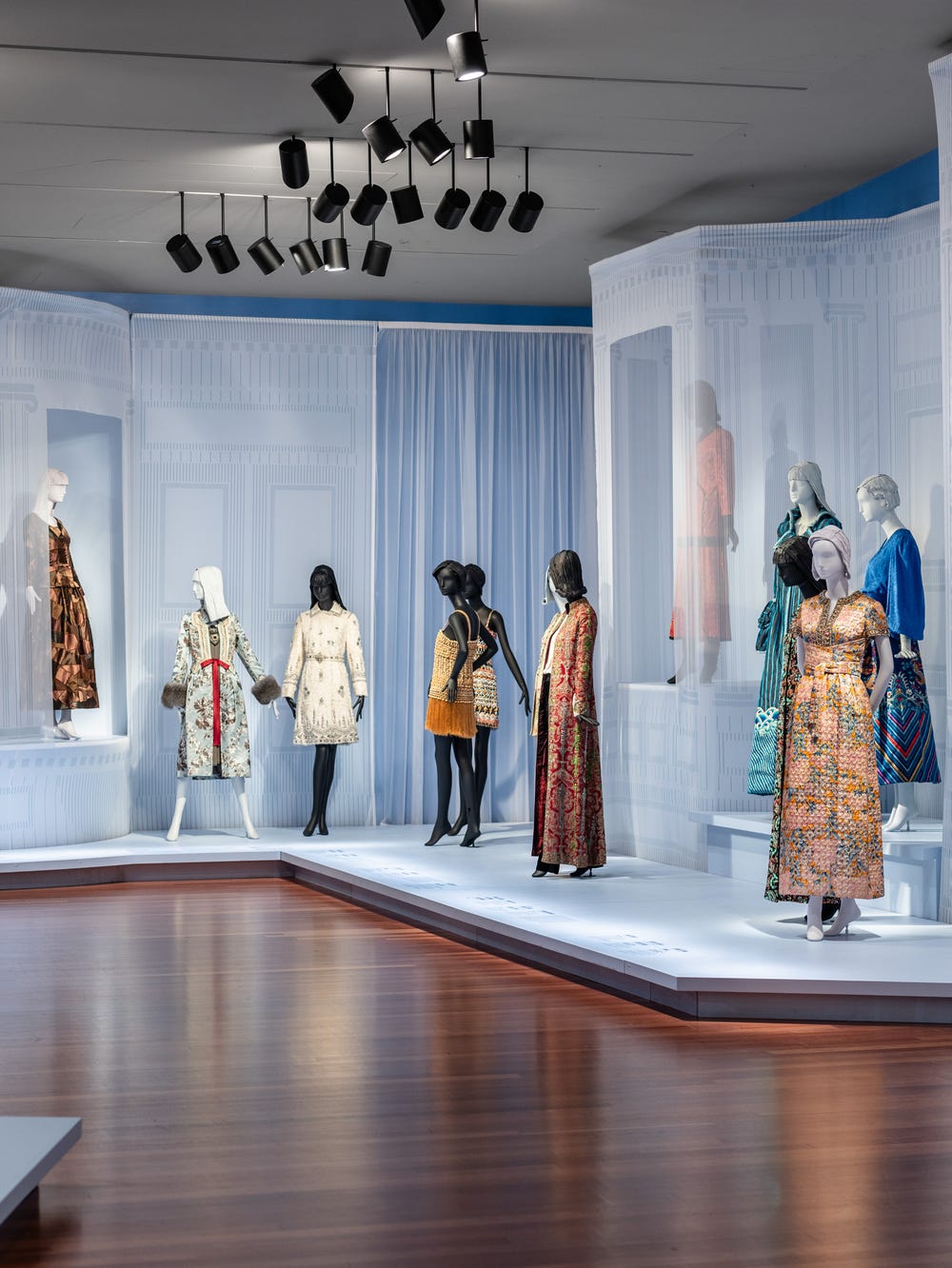Habib Yazdi, Sara Aghajanian, and Abbas Rattani have a shared passion for their cultures and heritages. The three friends, all the children of immigrants, also share a love of storytelling. “When we all ended up in New York City at the same time, it only seemed natural that we would collaborate,” Aghajanian says.
Their collaboration took the form of Somewhere in America #MIPSTERZ, a video they released in 2013 that explores what it means to be an American Muslim woman. Originally set to the music of rapper Jay-Z, it features stylish young Muslim women of diverse backgrounds reveling in an urban landscape on skateboards, in high heels, and in hijabs. The video went viral, sparking widespread discussion and debate.
Yazdi says he was inspired to make the video by the lack of representation of the types of strong Muslim women he knew. “I was concerned that so little was being produced by and about our generation of American Muslims,” adds Rattani, who, in 2012, coined the term Mipsterz (or #MIPSTERZ) to refer to young Muslims around the world who have evolving views on the intersections of religion, community, politics, culture, and Muslim identities.
Somewhere in America #MIPSTERZ is part of the exhibition Contemporary Muslim Fashions, on view at the de Young through January 6, 2019. Eager to learn more about the project and its origins, Laura Camerlengo, associate curator of costume and textiles arts at the Museums and co-curator of the exhibition, posed a series of questions to Yazdi, Aghajanian, and Rattani about their viral video and what it means (and doesn’t mean) to be a #MIPSTER.
Still from video Somewhere in America #MIPSTERZ; 2013; Runtime 2:30 minutes; Habib Yazdi, director; Abbas Rattani, executive producer; Sara Aghajanian, producer; Layla Shaikley, producer. © Habib Yazdi
How did “#MIPSTERZ” originate?
At a McDonalds in New York City, at an iftar [the meal eaten by Muslims after sunset during Ramadan] gathering of about seven people. It was a tongue-in-cheek idea.
Who were among the earliest members?
Hanif Yazdi, Navila Rashid, Salah Chafik and Shirin Banoo-Barghi were a few of the early Mipsterz, but members isn’t really the right word...
For us, in this post 9/11 world, we wanted to show a story from our community that is different than what you normally see in the media.
What inspired you to make the Somewhere in America #MIPSTERZ video?
We wanted to showcase the diversity of Muslim women within our own community. Everyone involved in the creation of this project comes from a Muslim background or has friends or family who identify as Muslim. For us, in this post 9/11 world, we wanted to show a story from our community that is different than what you normally see in the media. In our community in New York and beyond, Muslim women are sharing their amazing sense of style and fashion. We wanted to bring their perspective to life.
Why did you choose Jay-Z’s song as the video’s soundtrack?
Somewhere in America felt like a fitting idea to a growing sense of fashion and community that had yet to be celebrated through images.
Still from video Somewhere in America #MIPSTERZ; 2013; Runtime 2:30 minutes; Habib Yazdi, director; Abbas Rattani, executive producer; Sara Aghajanian, producer; Layla Shaikley, producer. © Habib Yazdi
Why did you focus only on Muslim women?
We are all mostly the children of immigrants from majority Muslim countries. This is our heritage, and we wanted to showcase women from our own communities and social circles. This was not meant to represent all Muslim women but a piece of the diverse community that they are a part of.
I love that the video features a diverse cast of Muslim women, many of whom are entrepreneurs and community leaders. How did you find and select your participants?
Most of the women were identified through our network of friends and through some research into the modest fashion industry. We were inspired by the many amazing and powerful Muslim women we were meeting who were passionate about fashion and were curating very bold and beautiful styles that were honest and true to their personalities.
Still from video Somewhere in America #MIPSTERZ; 2013; Runtime 2:30 minutes; Habib Yazdi, director; Abbas Rattani, executive producer; Sara Aghajanian, producer; Layla Shaikley, producer. © Habib Yazdi
Did the participants style themselves for the video?
For the most part, the women wore their own clothing. This was intentional to ensure that participants were being true to themselves. For the New York shoots, we're grateful to Nailah Lymus of the Underwraps Agency, who helped style some of the women, and Nancy Hoque of SixteenR who helped style and also provided some of her scarves for the video.
Where was the video filmed? How did you choose locations for shooting?
New York, Los Angeles, North Carolina, and Boston. We mainly picked locations where we had friends or connections who we knew would be ideal for the video. We wanted to pick scenic and colorful locations that matched the participants’ diversity and sense of color and style.
Can you share a funny or surprising anecdote from filming?
We were shooting all over, at whatever locations we could find. One of the more memorable shots was filmed during a brief train transfer in DC. It was pop out, film as quickly as we could, and we ended up with one of our favorite shots: hijabi and lion. FIERCE!
And, seriously, how did Layla Shaikley manage to skateboard in heels?
Layla can do many wonderful things.
Still from video Somewhere in America #MIPSTERZ; 2013; Runtime 2:30 minutes; Habib Yazdi, director; Abbas Rattani, executive producer; Sara Aghajanian, producer; Layla Shaikley, producer. © Habib Yazdi
The video sparked a lot of discussion after it was released and went viral. Were you surprised by its reach?
We were surprised. But we attribute this to the reach of the Mipsterz community all over the world as well as people’s desire to be exposed to different perspectives. There were varying reactions to the video—both positive and negative—but we really felt strongly that this was an opportunity to generate conversation at a time when hate and misunderstanding around being Muslim are becoming more and more common.
While many enjoyed seeing young Muslim women expressing themselves, others felt the women in the video were objectified. What was most the most surprising response you received to the video?
With a video like this, interpretation is in the eyes of the beholder. Ultimately, we wanted to generate conversation and share a different view than what you see in traditional media. Much of the criticism was directed at the male creators of the project, yet the video was created with the involvement and advice of many women, including female producers.
Still from video Somewhere in America #MIPSTERZ; 2013; Runtime 2:30 minutes; Habib Yazdi, director; Abbas Rattani, executive producer; Sara Aghajanian, producer; Layla Shaikley, producer. © Habib Yazdi
Some viewers also responded to the women’s outfits in the video, connecting them to larger discussions about Muslim modest fashion. Did those responses surprise you?
We were aware that, in seeking to produce any piece of art or media even tangentially related to Islam, and especially to Muslim women, we were going to spark conversation. Still, we were definitely surprised at the extent of the different conversations this video created and the passion underlying them.
Several years later, people still talk about your video and the #MIPSTERZ. What do you think their greatest impacts have been?
It’s surprising that the video is still relevant! We think this might be because there still isn’t ample media representation. Perhaps a MIPSTERZ movie would change that...
Still from video Somewhere in America #MIPSTERZ; 2013; Runtime 2:30 minutes; Habib Yazdi, director; Abbas Rattani, executive producer; Sara Aghajanian, producer; Layla Shaikley, producer. © Habib Yazdi
How do you think social media contributed to the video’s success?
We can see now that the video was launched at a time that was really the beginning of the height of social-media usage, especially among millennials. The community that started most of the conversation lived online and continues to live online.
What do you think the video’s legacy will be in ten years? Twenty years? Fifty years?
It will stand as the original video document of hijabi street-style fashion. We hope.
What is the future for #MIPSTERZ?
#MIPSTERZ is here to stay.
